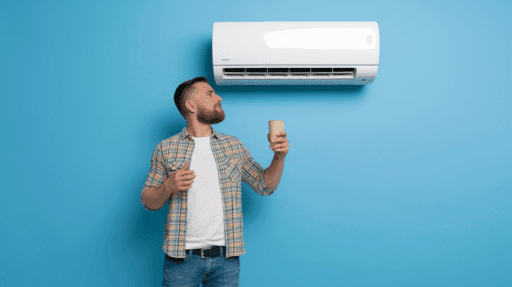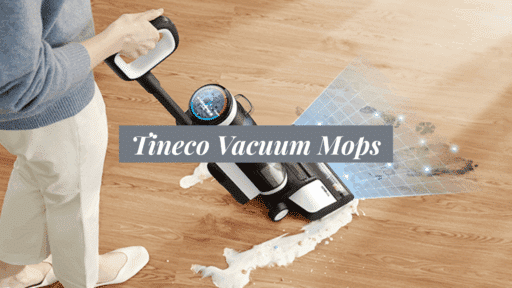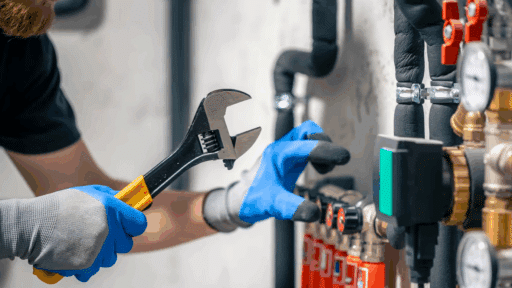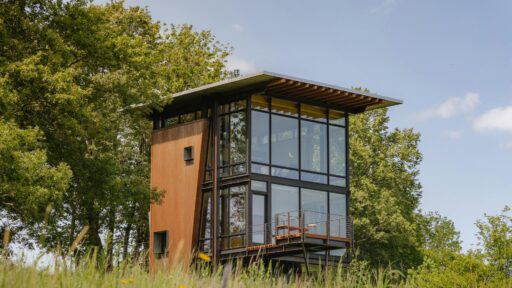As the warmer months approach, many homeowners start thinking about how to keep their homes cool and comfortable without dreading the energy bill at the end of the month. It’s no secret that air conditioning can be one of the biggest energy consumers in a home, especially during peak summer heat. But here’s the good news: you don’t have to sacrifice comfort to save money.
By using your air conditioner smarter, not harder, you can keep your home a pleasant oasis while lowering your energy consumption. In this guide, we’ll walk you through practical, easy-to-follow tips that not only help you cut costs but also extend the life of your HVAC system. Let’s dive in!
1. Change the Air Filter Regularly
One of the simplest, yet often overlooked, ways to improve your AC’s efficiency is by changing the air filter. A dirty, clogged filter restricts airflow, making your system work much harder to cool your home. Experts recommend checking your filter every 30 to 90 days and replacing it at least every six months.
If you have pets, allergies, or live in a dusty area, you might need to change it even more frequently. A clean filter can lower your air conditioner’s energy use by 5% to 15% while also improving indoor air quality. It’s a small step that delivers big results.
2. Install a Smart or Programmable Thermostat
Gone are the days of manually adjusting the temperature every time you leave the house. Smart thermostats, and even traditional programmable ones, are a game-changer when it comes to efficient cooling.
With a smart thermostat, you can:
- Set schedules based on your routine.
- Control temperatures remotely from your smartphone.
- Enable features like geo-fencing, so your AC automatically adjusts when you’re coming or going.
- Monitor energy usage and receive efficiency tips.
Even basic programmable thermostats allow you to pre-set temperatures for different times of the day, ensuring your home stays cool when you need it and saves energy when you don’t.
Pro Tip: In summer, set your thermostat to 78°F (25–26°C) when you’re at home, and increase it by 7–10°F when you’re away.
3. Set the Right Temperature
Keeping the thermostat at a consistent, reasonable temperature is key. Every degree you lower your thermostat below 78°F could increase your energy consumption by about 8%.
Instead of cranking the AC on the hottest days, focus on gradual cooling and maintaining comfortable humidity levels. Many modern air conditioners also offer energy-saving modes and eco-settings designed for efficient operation.
4. Keep Doors and Windows Closed (but Ventilate Wisely)
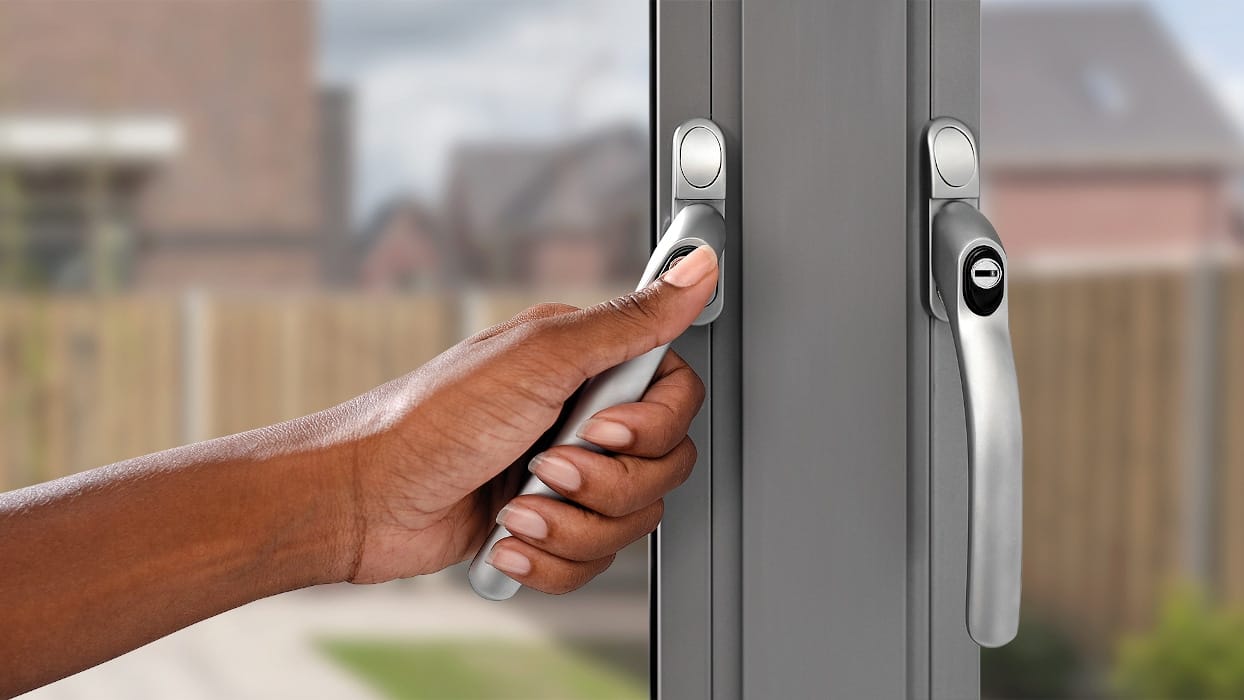
It might feel natural to open windows when the breeze picks up, but during the hotter months, it usually does more harm than good. Open windows allow hot, humid air to invade your cool indoor space, forcing your AC to work harder.
However, good ventilation is still important for air quality. Some modern AC units are designed to keep fresh air circulating indoors even with windows closed, providing a healthy balance between efficiency and comfort.
If you need to ventilate manually, do so during the cooler parts of the day, such as early morning or late evening, and keep it brief.
5. Choose the Right Size AC Unit for Your Space
Bigger isn’t always better when it comes to air conditioners. An oversized unit cools your space too quickly without properly removing humidity, leading to a damp, uncomfortable environment. On the other hand, an undersized unit struggles to keep up, wasting energy.
Before buying a new AC, use an online calculator or consult with a professional to find the right size based on your room dimensions, insulation, sun exposure, and number of occupants.
Quick Tip: For most rooms, you’ll need about 20 BTU per square foot of living space, but other factors like ceiling height and appliance heat also play a role.
6. Turn Off or Adjust the AC When You’re Not Home
Running your AC at full blast while you’re away is an energy-draining mistake. Instead, set your thermostat to raise the temperature by 7–10 degrees when you’re gone. If you have a smart system, you can program this easily or even turn the AC off remotely.
For longer trips or vacations, consider turning off the AC completely or setting it to a very high temperature to protect sensitive items without wasting electricity.
Explore time-of-use energy plans, like free nights electricity, and run your appliances during your off-peak hours. This can help you lower your energy costs even further by shifting heavy appliance use to cheaper time periods.
7. Make Use of “Sleep Mode” at Night
Sleep Mode is one of the most underused features of modern air conditioners. It gradually adjusts the temperature overnight, providing just enough cooling while saving energy.
Typically, Sleep Mode:
- Increases the set temperature slightly as the night progresses.
- Reduces fan speeds for quieter operation.
- Helps your body adjust naturally to a warmer temperature while you sleep.
By morning, your AC will have used much less energy, and you’ll likely sleep more soundly too.
8. Maintain Your Outdoor Unit
Your outdoor AC unit needs attention too. Keep the area around the unit clean and free of leaves, dirt, and debris. Make sure there’s at least 2 feet of clearance around it for optimal airflow.
Also, schedule annual professional maintenance to check refrigerant levels, clean coils, and ensure everything’s running smoothly. A well-maintained system can be up to 20% more efficient than a neglected one.
9. Use Fans to Support Your AC
Ceiling fans and portable fans can be a huge help. They don’t lower the temperature, but they circulate cool air more effectively, making you feel cooler even at a higher thermostat setting.
Run your ceiling fans counterclockwise in summer to create a wind-chill effect. This allows you to raise the thermostat setting by about 4 degrees without sacrificing comfort.
10. Block the Heat
Your windows might be responsible for a big chunk of heat gain in your home. Use curtains, blinds, or shades to block direct sunlight, especially during peak afternoon hours. Reflective window films and awnings are also great ways to keep the heat out and lighten your AC’s workload.
11. Optimize Airflow Inside
Ensure your vents and registers are open and not obstructed by furniture, rugs, or curtains. Closing vents in unused rooms can sometimes cause pressure imbalances, so it’s better to allow free airflow throughout the house for consistent cooling.
12. Upgrade to an Energy-Efficient AC
If your air conditioner is more than 10–15 years old, it might be time to consider an upgrade. Modern units with ENERGY STAR® certification use up to 15% less energy than older models.
13. Professional Guidance: Why Expert Help Matters
Sometimes, the best way to boost your AC’s efficiency is by seeking professional advice. Certified HVAC technicians and manufacturers’ service teams can quickly spot issues like hidden leaks, improper settings, or aging parts that may hurt performance. They can also recommend upgrades, smart tools, or minor repairs tailored to your home’s needs. A simple professional check-up can help extend your system’s life, lower your bills, and keep your home cooler with much less effort on your part.
Final Thoughts
Keeping your home cool shouldn’t have to come with sky-high energy bills. You can enjoy a comfortable, cost-efficient summer season by making a few smart changes, like replacing filters regularly, upgrading to a smart thermostat, and maintaining your AC properly.
Every small step you take toward better AC use not only saves you money but also reduces your environmental footprint. It’s truly a win for you, your home, and the planet.

